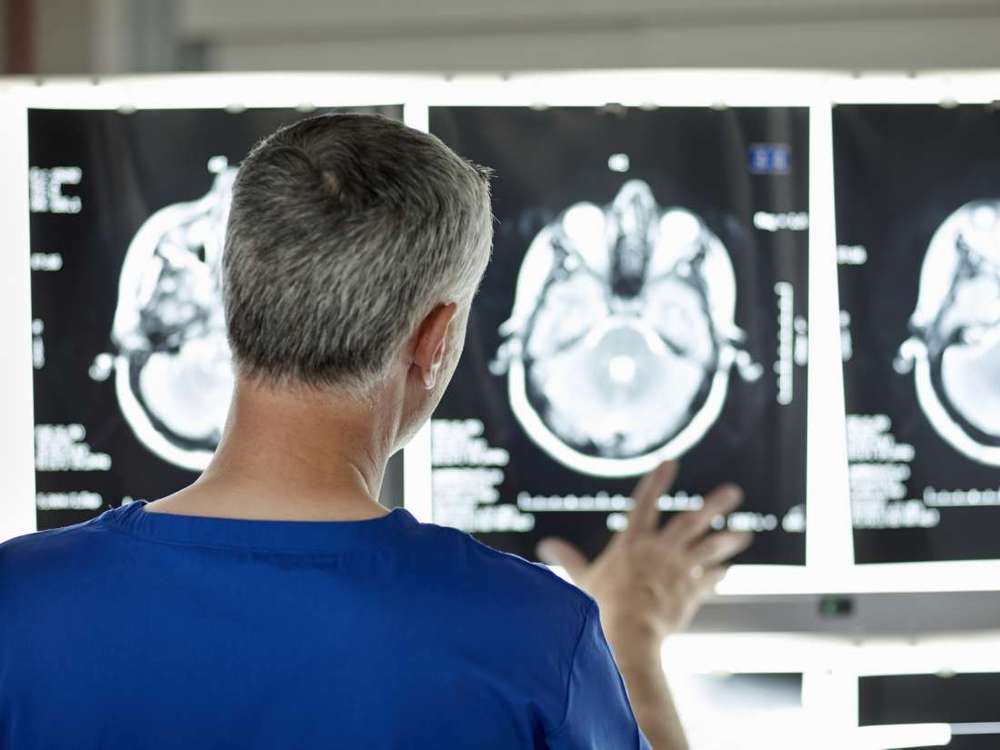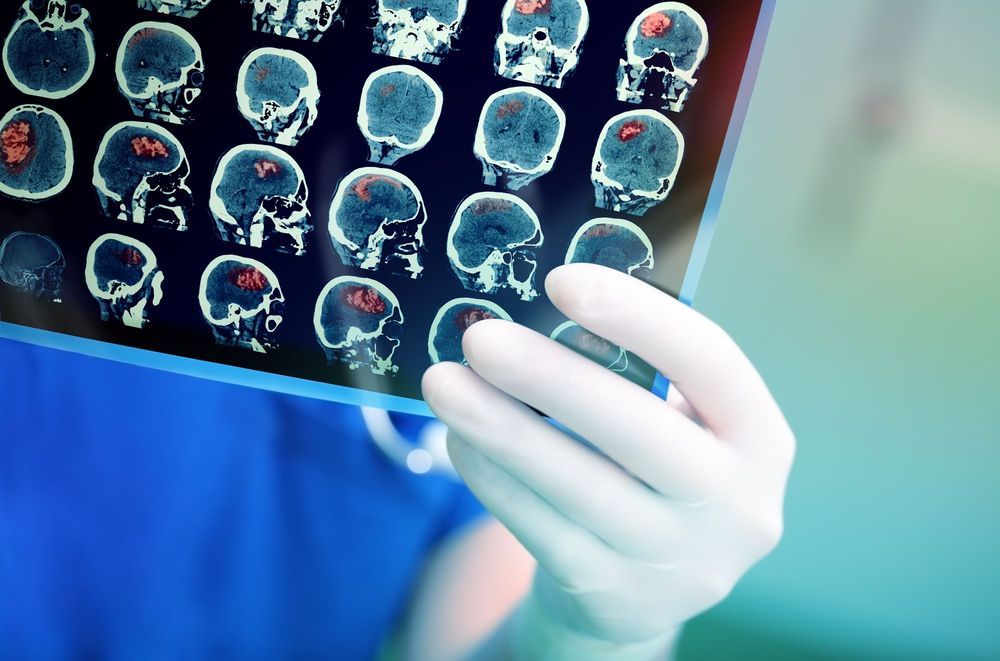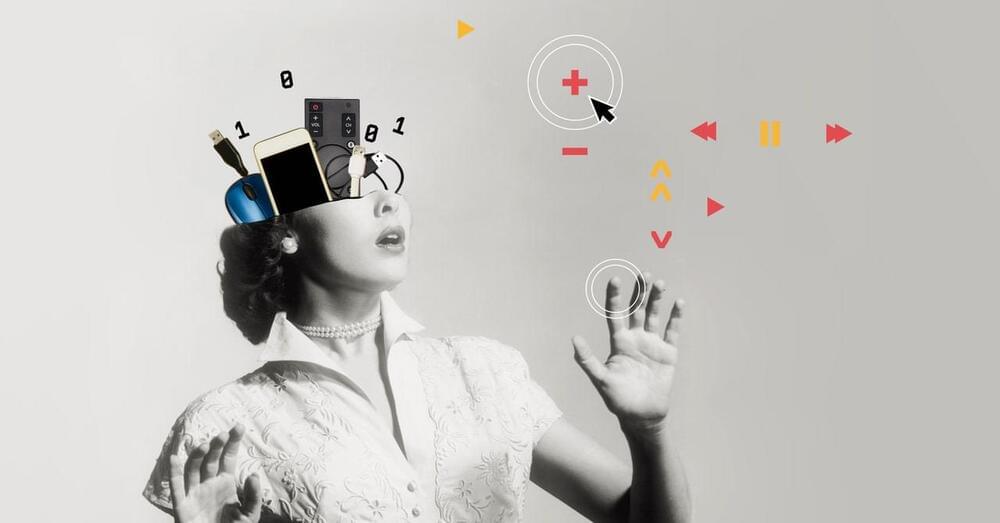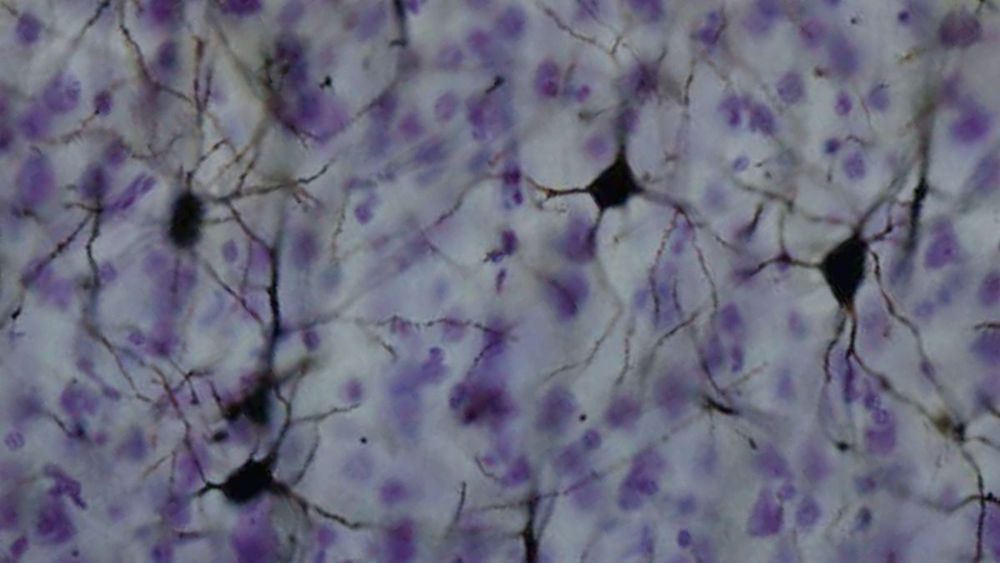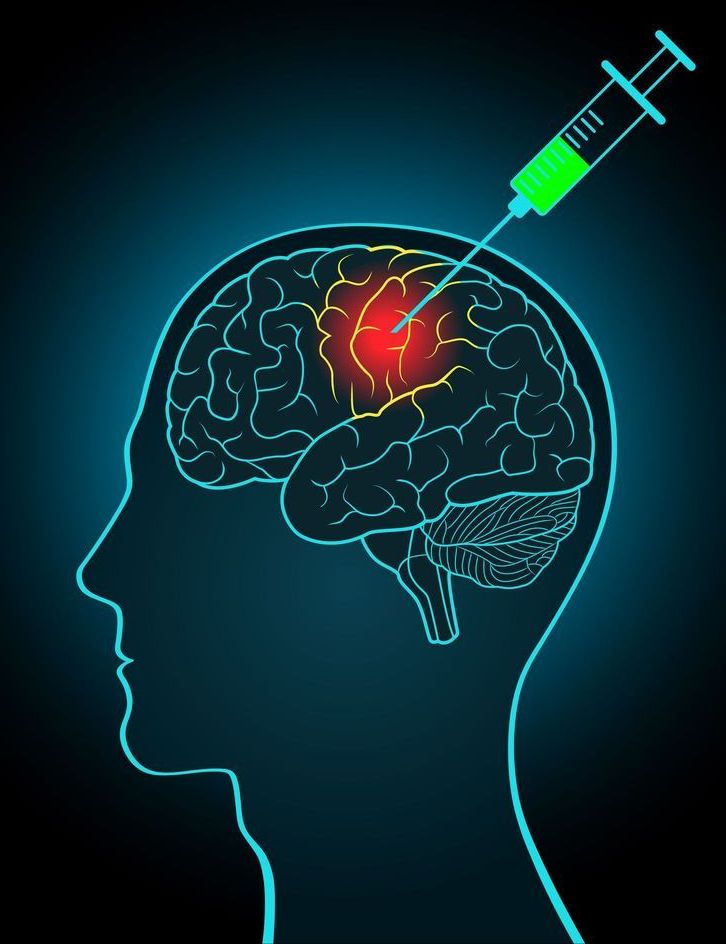
Brain organoids are made from human pluripotent stem cells, which are cells that can become any kind of cell in the adult body. When the stem cells are introduced to certain chemicals, they can be coaxed into becoming brain cells, then put into a liquid with the nutrients they need to survive.
“The amazing thing is that, after this, they pretty much do everything alone,” says Alysson Muotri, a molecular biologist at UC San Diego. The cells self-assemble into spheres that contain neural progenitor cells, or cells that will become brain cells. Over the course of a few weeks, those cells turn into different kinds of neurons that can act just like neurons in the human brain.
In a study preprint published on bioRxiv and presented at the Society for Neuroscience conference last month, Muotri and his colleagues reported that they recorded spontaneous and complex electrical activity from their lab-grown mini brains. It’s the first time that brain organoids have spontaneously produced brain waves similar to human brain activity, Nature reported.
